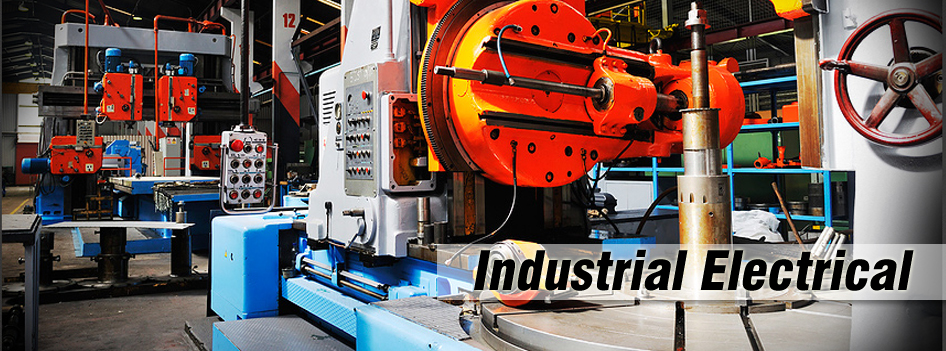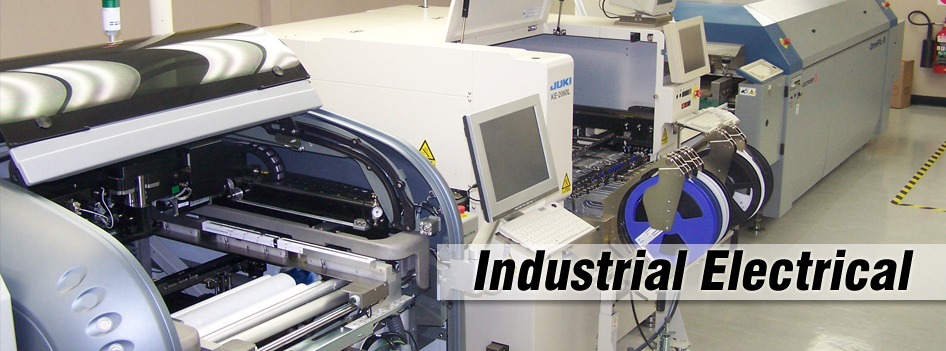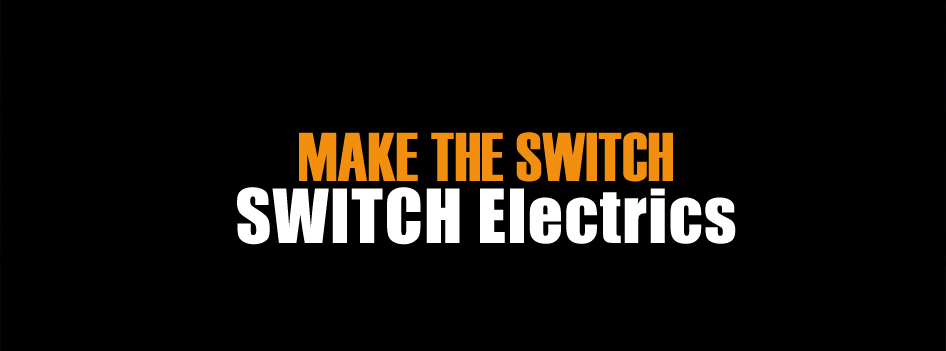Machine Wiring in Industrial Facilities
The mechanical devices used in industrial facilities are power operated and need to be installed very carefully before the actual work begins. Machine wiring involves the laying down of cables and live, neutral, earth wires for all machines and equipment to be used in the premises. To reduce repair and maintenance costs, it is imperative to ensure the correct installation in initial stages. The proper placement of industrial controls and hardware also matters. By moving these closer to machines and other applications, wiring and system costs can be reduced by 30 percent.
While wiring machines, a separate ground wire of the same conductor size as the input power is required to be connected. This ground or earthing wire is required for operator safety and for proper operation of the machine. It must be supplied from the main plant ground and should be routed in the same conduit as the input power to the machine.
The input and output wiring of the electrical transformer must also conform to the local electrical codes and must be fitted by licensed and certified electricians.
While wiring up machines, care must be taken to ensure that there are no loose cables or exposed wiring. All wires must be fully insulated, secured and hidden.
Along with wiring of machines used in the facility, appropriate wiring of larger equipment such as transformers and generators must also be ensured.
The distribution transformers are usually step-down transformers as they take the high voltage to transform it down to a level that can be safely used by the industrial facility. Pad mount transformers are placed in locked steel cases and mounted on concrete pads as against utility pole-mounted.
Wiring of high powered transformers is very dangerous and must only be done by professional, skilled and licensed electrical engineers. These transformers have a primary and secondary side. The high voltage input comes into the primary side and the lower voltage output moves out of the secondary side.
To wire up the transformer, the electricians locate the primary side of the transformer which as two terminals – H1 and H2. They are connected to the supply lines with a wire that has high voltage carrying capacity. The secondary side of the transformer is then located.
The size and type of transformer determine whether it has two output terminals or three. A 120 volt transformer has 2 terminals and a 120/240 volt transformer has three. The centre of the three terminals is a centre tap on distribution winding. The other two terminals are connected to either sides of the power panel main breaker.
From generators to transformers and transformers to individual devices and equipment in an industrial facility, machine wiring calls for utmost care and precision to safety measures. After complete installation, testing is also critical before any work is performed on the machines.
The experienced team at Switch Electrics takes care of all your electrical installations and refurbishment for machine wiring, lighting, air conditioning, and other devices. Contact Switch Electrics to avail the most superior electric services for your projects.
Call us today on 02 8011 1323 for more information on how Switch Electrics can organise, install and co-ordinate all your Industrial Electrical needs.




